Endometriosis by the numbers
Learn about important facts and figures surrounding endometriosis.
Updated on October 9, 2024

Endometrium, or endometrial lining, is a layer of specialized cells that make mucous that normally grows on the inside of the uterus. During a menstrual cycle, this layer of tissue grows and thickens. During menstruation, this layer is shed.
Endometriosis is a condition where endometrial-like tissue grows outside the uterus and attaches to other pelvic organs. These may include the ovaries, bladder, intestines, and inside the vagina. The condition can cause a range of symptoms, including inflammation, excess bleeding, and severe pain.
Here are some things to know about endometriosis, including how many people are affected, the average age of diagnosis, and how it might affect fertility.

Statistics
How many people have endometriosis? In the United States, it is estimated that 1 in 9 women between the ages of 15 and 44 years old are affected. While some estimates are higher and some are lower, experts agree that endometriosis is common and that more people should be aware of the condition. They also believe that there are many people who have endometriosis but are undiagnosed.
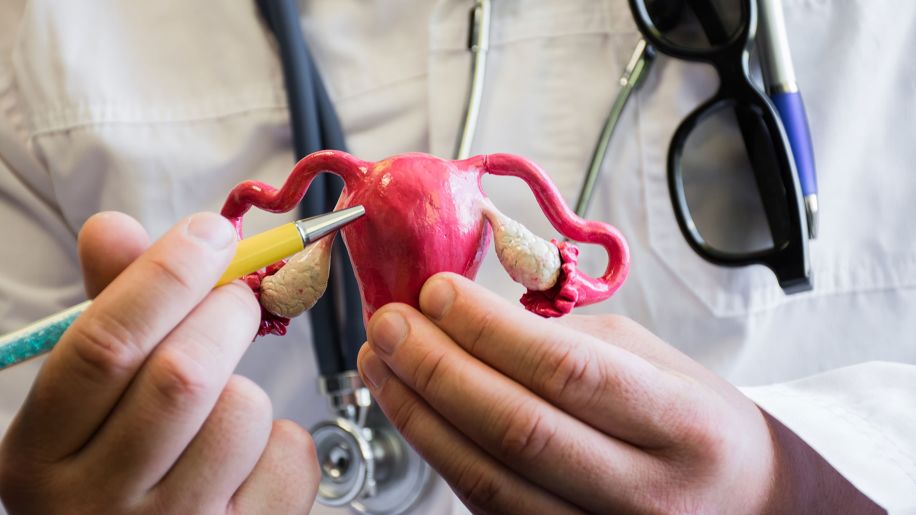
Diagnosis
It can take more than a decade to get an accurate endometriosis diagnosis. While everyone’s experience is different, there are people with the condition who spend years—and visit multiple HCPs—before it’s correctly identified. This can have a significant impact on a person’s quality of life, due in part to the symptoms.
Endometriosis has many different symptoms, and not every person experiences each one. These can include:
- Painful periods
- Fatigue
- Diarrhea and/or constipation
- Bloating
- Nausea
- Excessive bleeding during menstruation
- Pain when going to the bathroom
- Painful sex
A person can also have large cysts, which can rupture. Endometriosis can lead to issues with infertility, as well.
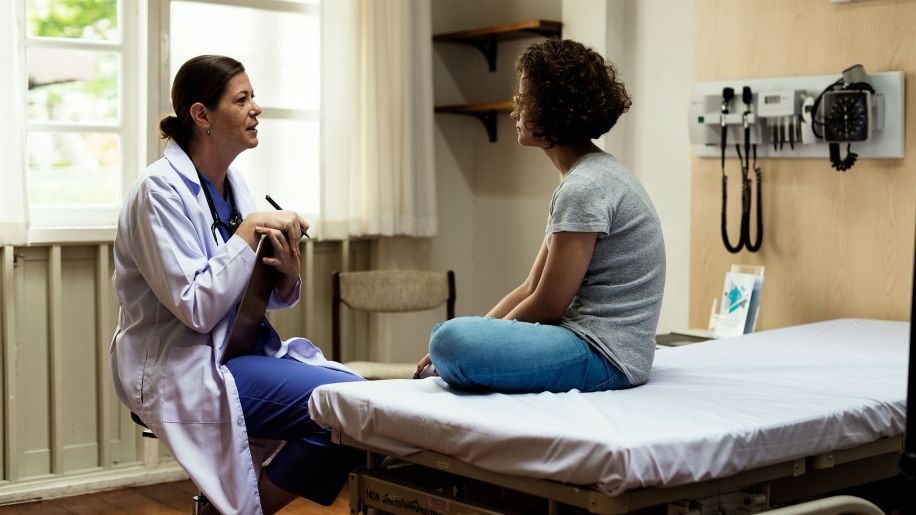
Age
Endometriosis is most common among women in their 30s and 40s. It also affects other age groups, including teenagers. In fact, research suggests that many people who are diagnosed with endometriosis as adults first feel its symptoms in their teens.
Because of the long-term effects it can have on quality of life and fertility, there is a major push for awareness about the condition among adolescent girls and HCPs who treat them.
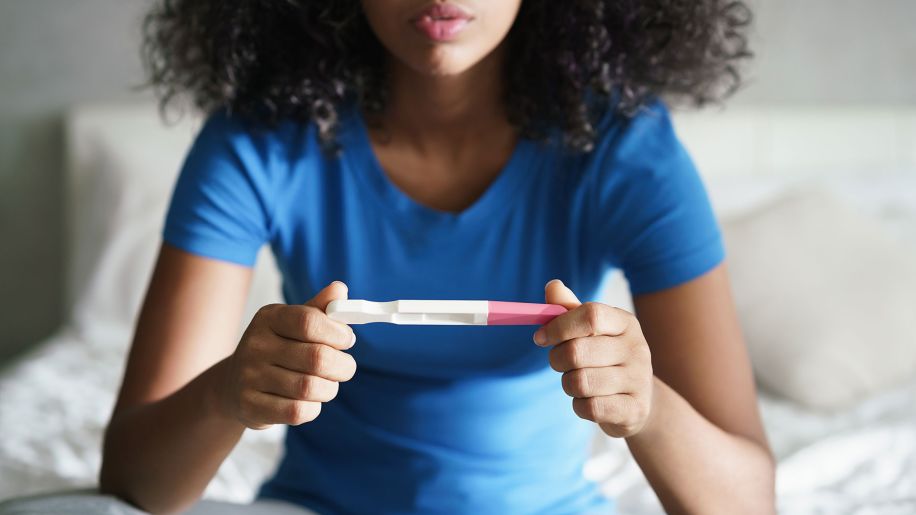
Fertility
Endometriosis can have a negative impact on fertility. While the exact reasons are not well understood, experts believe the following may have an effect.
- Patches of tissue may change the shape of organs and tissue in the abdomen, preventing sperm from reaching and fertilizing an egg.
- Inflammation can alter how the sperm and egg are able to move.
- The uterine lining may not allow the fertilized egg to implant.
- The immune system may mistake the embryo for a foreign object and attack it.
Endometriosis affects nearly 40 percent of women with infertility, according to the American College of Obstetricians and Gynecologists.
It is important to know that if you do become pregnant, endometriosis will not harm the pregnancy.
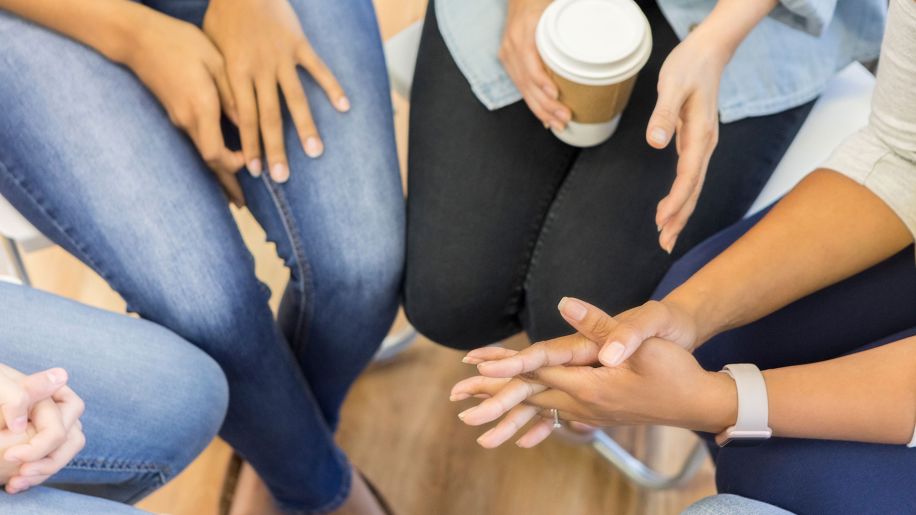
Be Your Own Advocate
If you have endometriosis or suspect you have it, it is important to advocate for yourself. Learn about the condition, its symptoms, and treatment options. Talk to an HCP and if necessary, find a new HCP.
While there is no cure for endometriosis, there are a number of ways that it can be treated, and a number of things to consider when deciding on a treatment. These include your specific symptoms, if you want to have children, and when.
While there are still unanswered questions about endometriosis, awareness is spreading thanks to the efforts of people with the condition, HCPs, researchers, and advocacy groups.

Endometriosis Foundation of America. Endometriosis: Defining It, Recognizing It, and Treating It. Updated September 28, 2022.
Endometriosis.org. Facts about endometriosis. Accessed October 8, 2024.
Illinois Department of Public Health. Endometriosis. Accessed October 8, 2024.
Mayo Clinic. Endometriosis. August 30, 2024.
Office on Women’s Health. Endometriosis. Updated February 22, 2021.
Laufer MR, Sanfilippo J, Rose G. Adolescent endometriosis: diagnosis and treatment approaches. J Pediatr Adolesc Gynecol. 2003 Jun;16(3 Suppl):S3-11.
Marsh EE, Laufer MR. Endometriosis in premenarcheal girls who do not have an associated obstructive anomaly. Fertil Steril. 2005 Mar;83(3):758-60.
Practice Committee of the American Society for Reproductive Medicine. Endometriosis and infertility: a committee opinion. Fertil Steril. 2012 Sep;98(3):591-8.
The American College of Obstetricians and Gynecologists. Endometriosis. Reviewed June 2020.
Featured Content


video
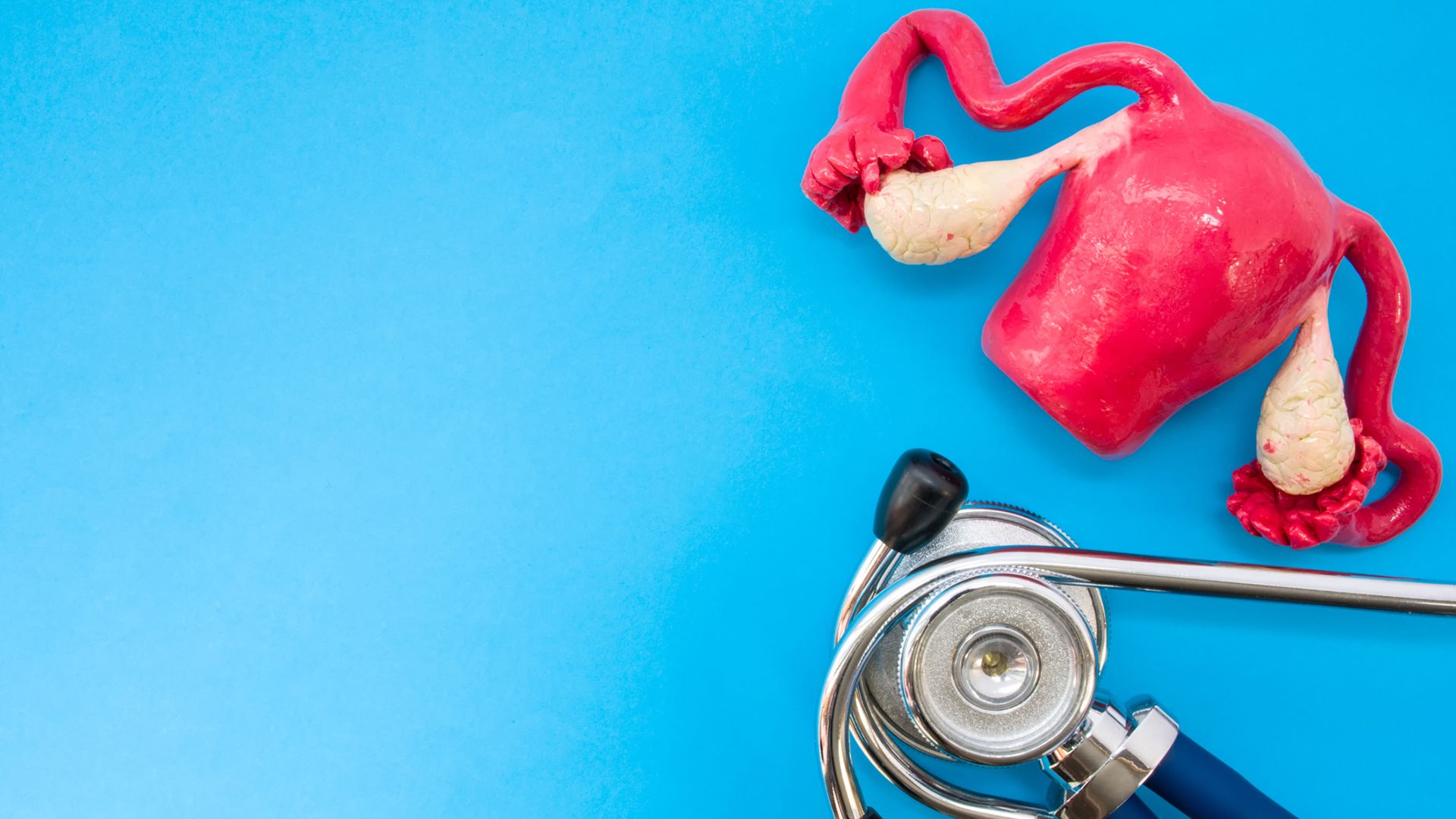
article


video
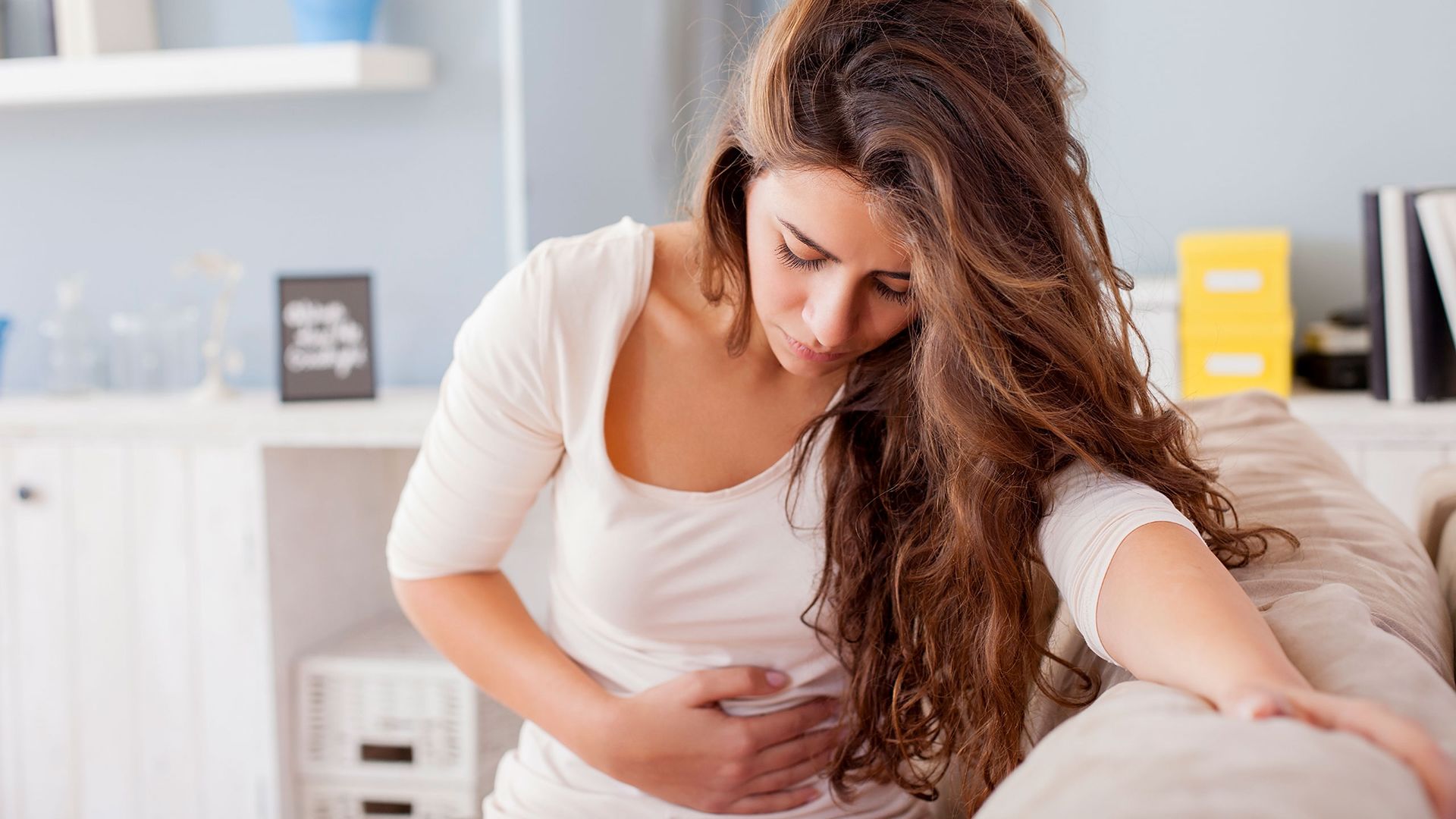
article
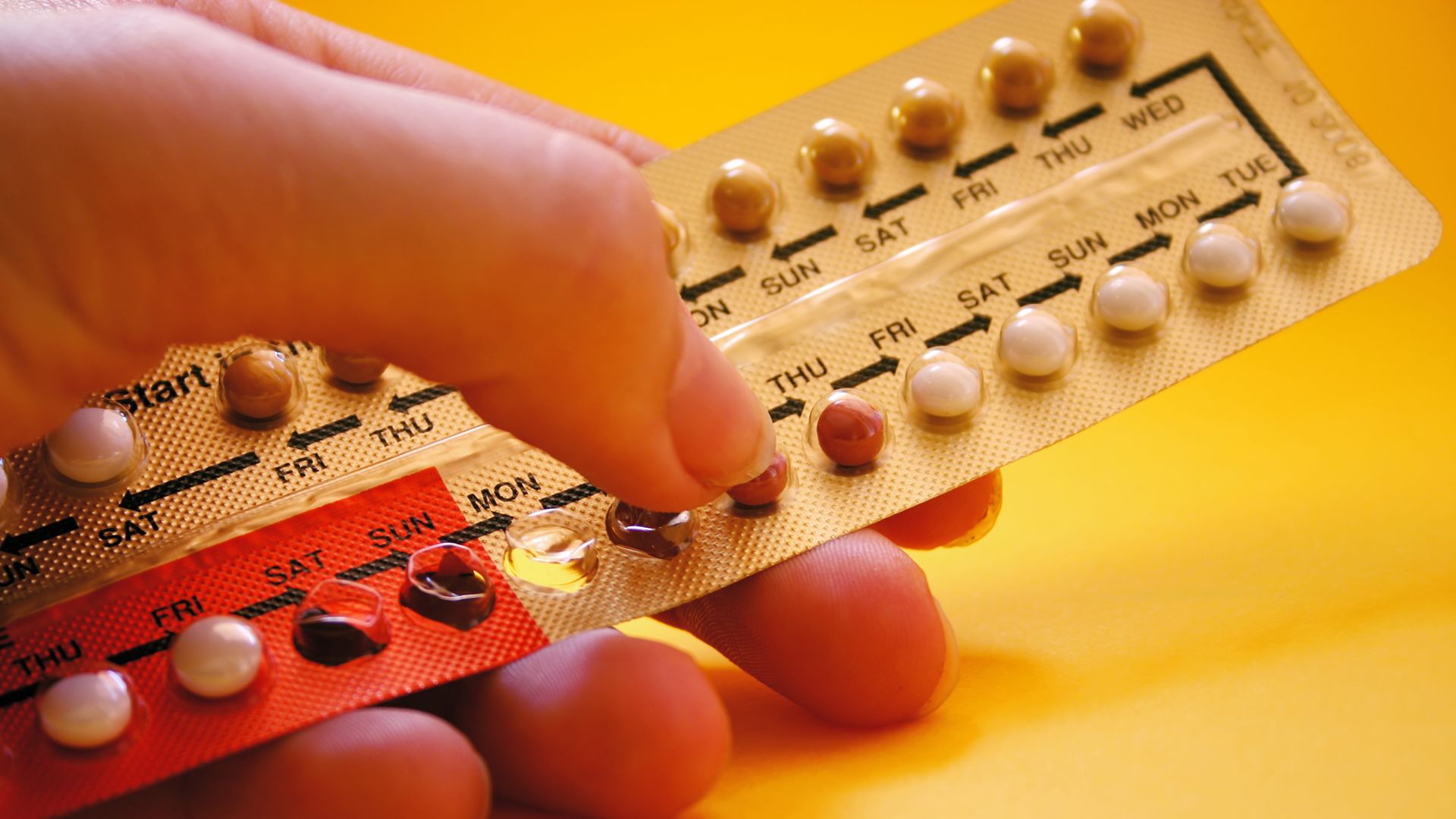
article
